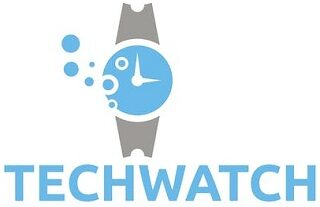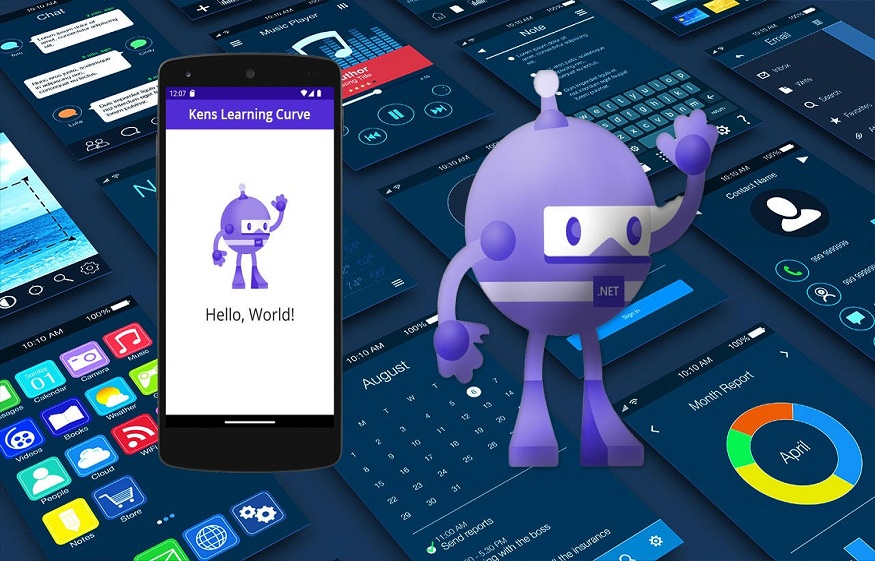The vulnerabilities connected to mobile apps have also grown exponentially as users find greater convenience and simplicity of use for various activities. One list that emphasizes the security holes & vulnerabilities developers must guard against is the owasp top 10.
The list is updated often to keep up with the ever-evolving threat environment to mobile security. Threat categories to mobile apps have changed significantly between 2016 and 2024. Among these changes might be the appearance of new vulnerability types, changes in the popularity of certain attack methods, and developments in security technologies. OWASP mobile top 10 2024 is a list that helps developers and businesses keep current with these developments and safeguard their mobile apps from any security flaws.
Top 10 OWASP Mobile 2024
Presenting the dynamic depiction of the always changing mobile application security scene: the OWASP Mobile Top 10 2024 edition. This most recent version introduces new categories, reimagines and improves current ones, and combines several 2016 categories into more comprehensive ones.
M4: Inadequate Validation of the Input/Output
The need of verifying the input and output data in mobile apps is emphasized by this new category. Cross-site scripting (XSS), command injection, and SQL injection are among the problems that must be avoided with appropriate validation. This category emphasizes the requirement of strict data validation procedures to guarantee data security and preserve the integrity of the application.
For instance
A smartphone application does not adequately sanitize user input that is received in order to search for items. This makes it possible for an attacker to infuse SQL instructions via the search function, therefore compromising the database in a SQL injection attack.
Treatment:
To guarantee that only anticipated and safe data is handled, do thorough input validation on both the client and server sides. Accept only known excellent data by using a whitelist strategy. Encoding of output data is also necessary to stop XSS attacks.
M6: Insufficient Privacy Protections
In keeping with the increasing worldwide concern for user privacy, this category tackles the dangers of inadequate privacy protections in mobile applications. Its main goals are to preserve Personally Identifiable Information (PII), guarantee consent procedures for data collecting, and handle user data sensibly to avoid legal problems and privacy violations.
For instance
Without sufficiently alerting the user or getting their permission, a health monitoring app gathers and sends their health data. Furthermore, there are privacy concerns as the program does not provide users the ability to choose what data is shared.
Treatment:
Clearly state in your privacy policy what data you gather and how it will be used. Provide consumers privacy options so they may manage their data and put in place clear permission procedures before gathering any data. Update and evaluate privacy policies often to ensure they follow legal requirements and industry standards.
M8: Incorrect Security Configuration
This group addresses vulnerabilities brought on by insufficient or inaccurate security setups. Among the problems it covers are installing programs with default settings, mismatched rights, and incorrect security settings, all of which may result in data breaches and illegal access.
For instance
When an e-commerce smartphone app is installed with its debug mode turned on, system logs unintentionally reveal private data. This covers personal information and financial information that, should they take advantage of other software flaws, attackers may get.
The remedy:
Frequently audit and examine the security parameters in app setups and deployment environments. Turn off extraneous services and debug information. Verify that the least privilege concept is followed by appropriately configuring permissions and that all system components are set to secure settings.
M1: Inappropriate Use of Credentials (formerly, Inappropriate Use of Platform):
This new category emphasizes the dangers of using credentials improperly or hardcoding private data in mobile apps.
Figure:
A malicious app installed on the same device may easily access and utilize OAuth tokens stored in plain text inside the device’s shared settings to impersonate the user.
The remedy:
Utilising the safe storage options offered by the platform, such as iOS Keychain and Android Keystore, securely store credentials. Steer clear of putting private information in plain language or in readily accessible places. Encrypt and tokenize credentials as extra security precautions.
M2: Insufficient Supply Chain Security, formerly Insecure Data Storage:
This category, which reflects the increasing relevance of supply chain integrity, focuses on the hazards in the supply chain of mobile applications, such as dependencies and vulnerabilities in third-party components.
Figure:
One third-party analytics SDK used in a mobile game has a known vulnerability that lets an attacker run code from a distance. Potential user data vulnerability resulted from the game developers’ inadequate testing of the SDK.
Treatment:
Before including any third-party components into the program, carefully evaluate their security. Upgrade these components often to include security fixes. To trace and monitor third-party dependencies for known vulnerabilities, use software composition analysis tools.
M3: Insecure Authentication/Authorization (formerly Insecure Communication):
These days, this category highlights how crucial strong authentication and authorization systems are to stop illegal access and data leaks in mobile applications.
Figure:
Sensitive transactions on a mobile banking app don’t need re-authentication after a user is signed in. Without the owner’s permission, an attacker having brief access to the device may move money.
The remedy:
Set up robust authentication systems, including multi-factor authentication, to protect user accounts. Every activity that accesses sensitive data or functionality should have permission checks carried out server-side.
M5: Insecure Communication
Renamed to more precisely emphasize the dangers of sending sensitive data across unprotected channels or using insufficient encryption techniques.
Figure:
User communications are sent via messaging apps without data encryption. Man-in-the-middle attacks allow an attacker on the same network to intercept and read the communications.
The remedy:
Use TLS, or Transport Layer Security, for all data in transit. Put certificate pinning into place to stop man-in-the-middle (MITM) attacks. Assure that all communication endpoints are protected by robust and current encryption techniques.
Conclusion
Recent changes to the OWASP Mobile Top 10 via Appsealing show how mobile security risks are always changing and how the industry is taking proactive steps to counter them. A thorough framework provided by the OWASP Mobile Top 10 2024 gives developers, testers, and security experts the information and resources they need to successfully address the most urgent security issues in mobile apps. AppSealing is available to help you explore farther into any area and get comprehensive knowledge and preventative techniques.



